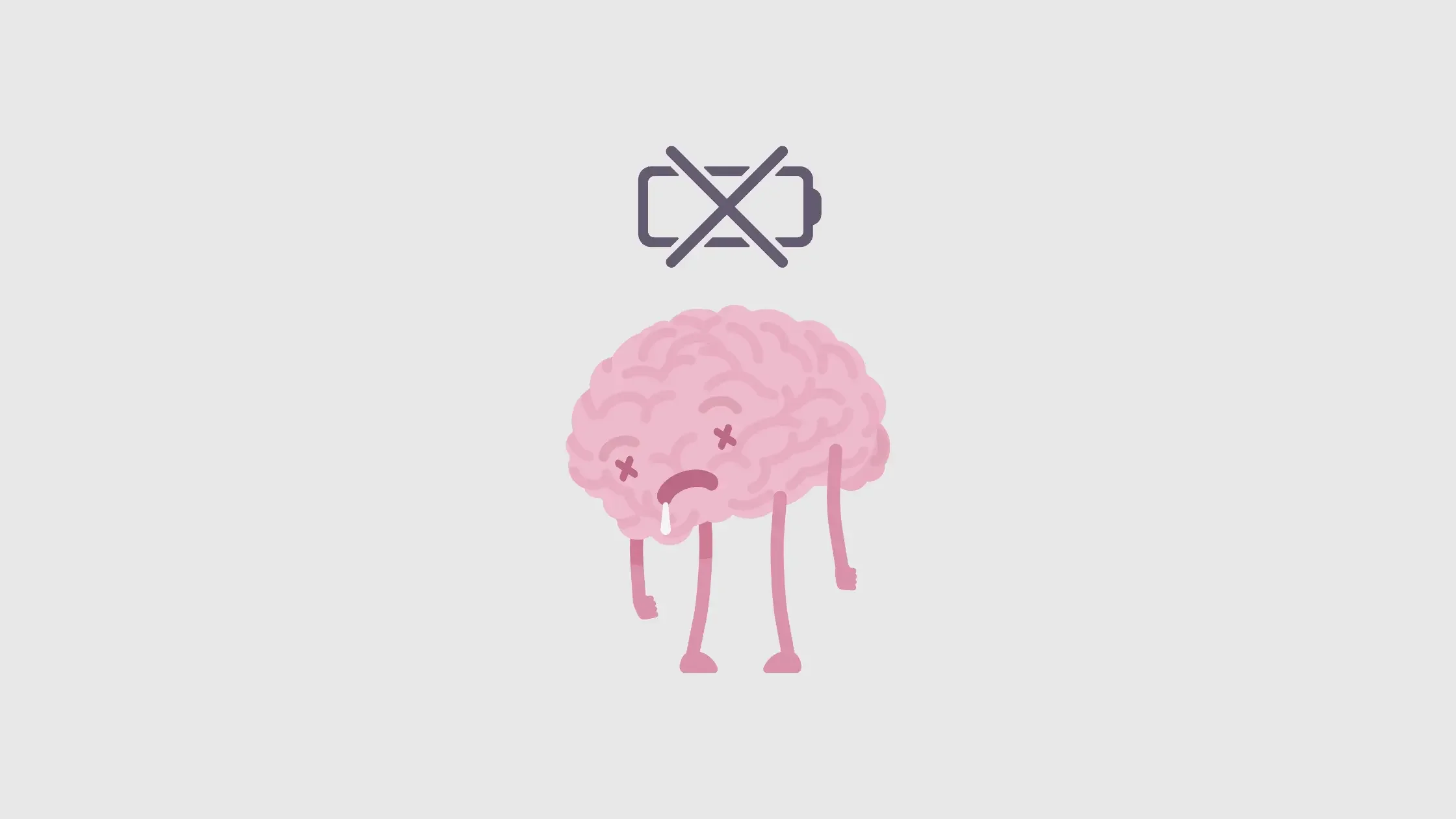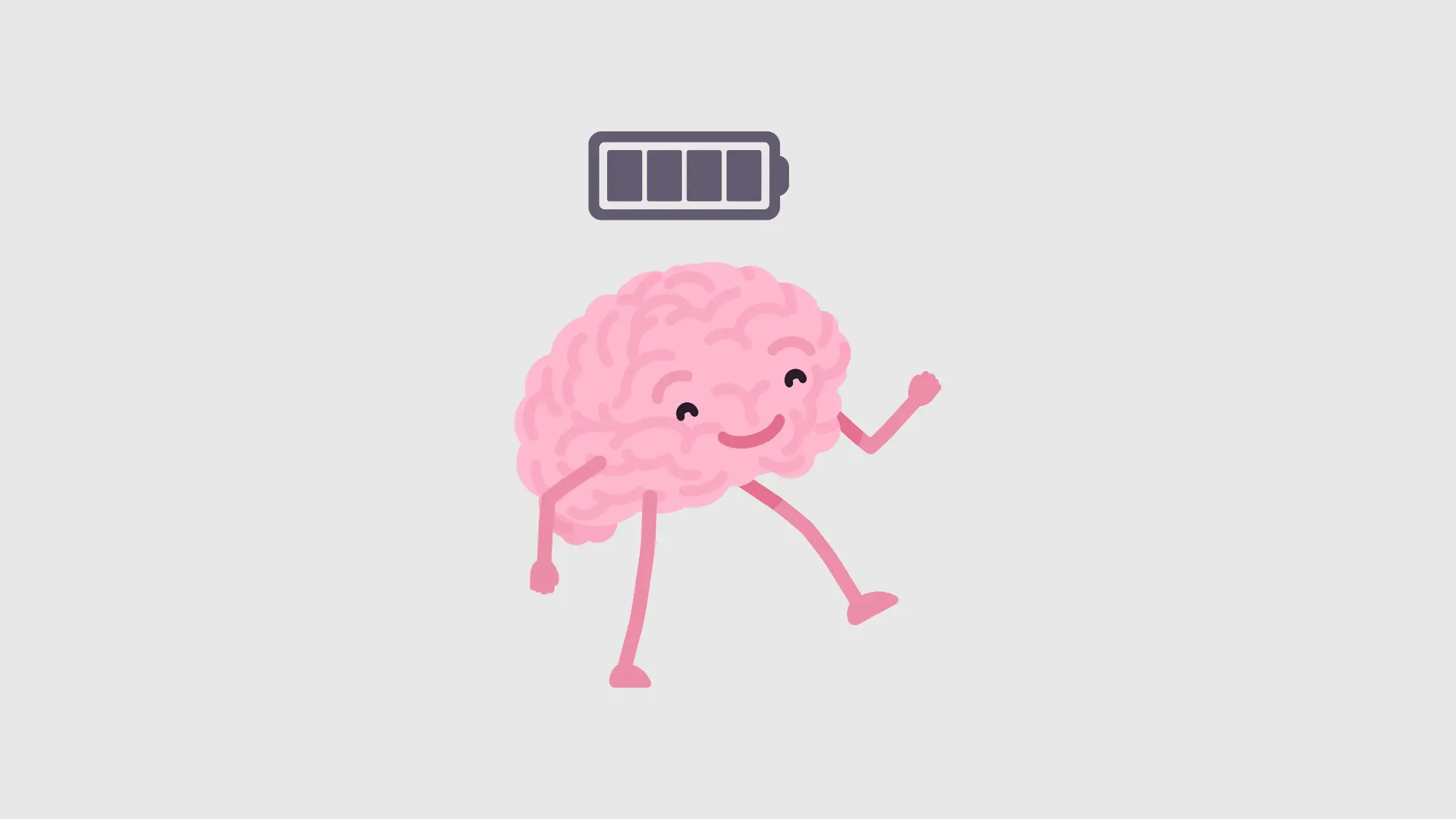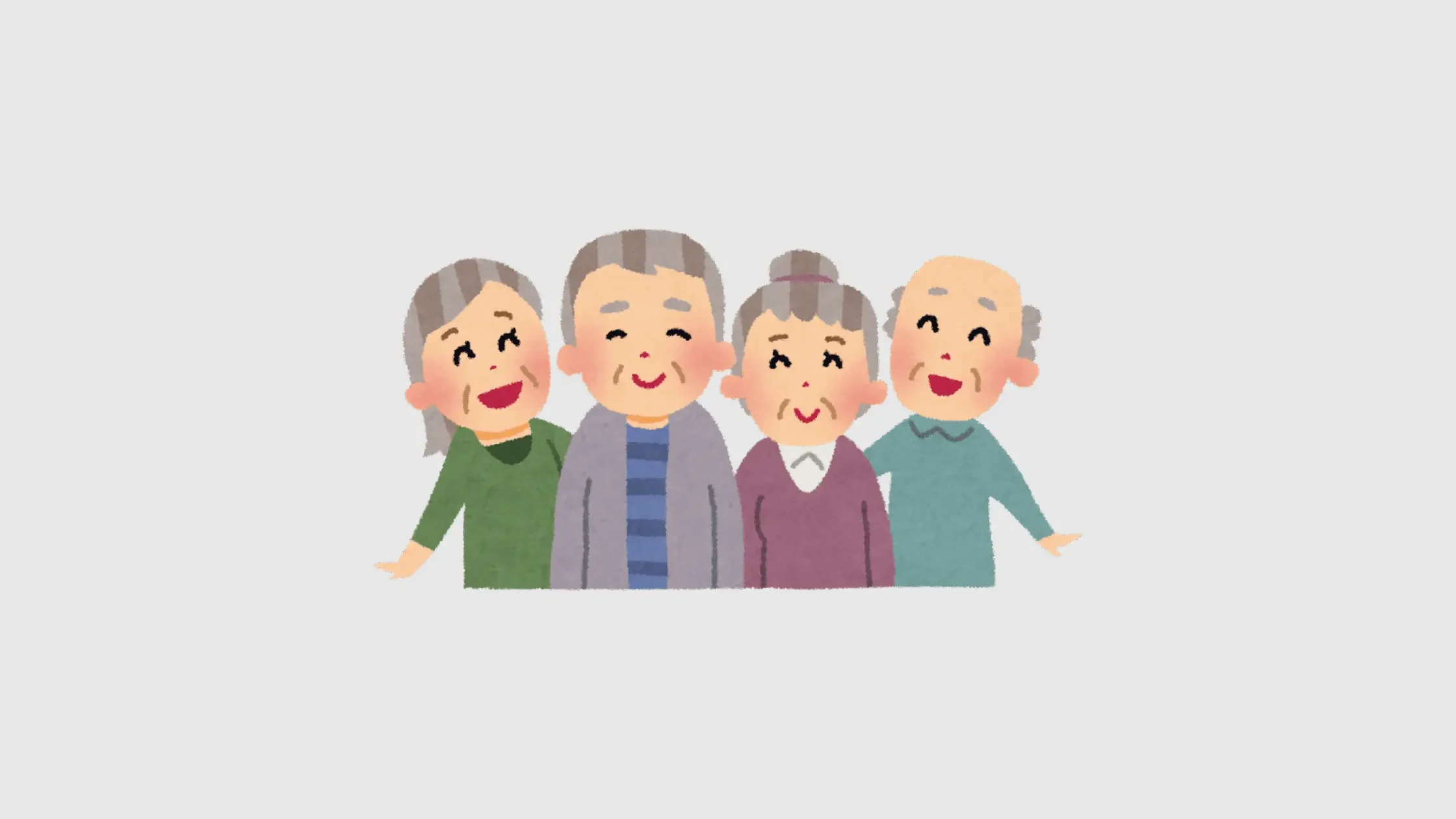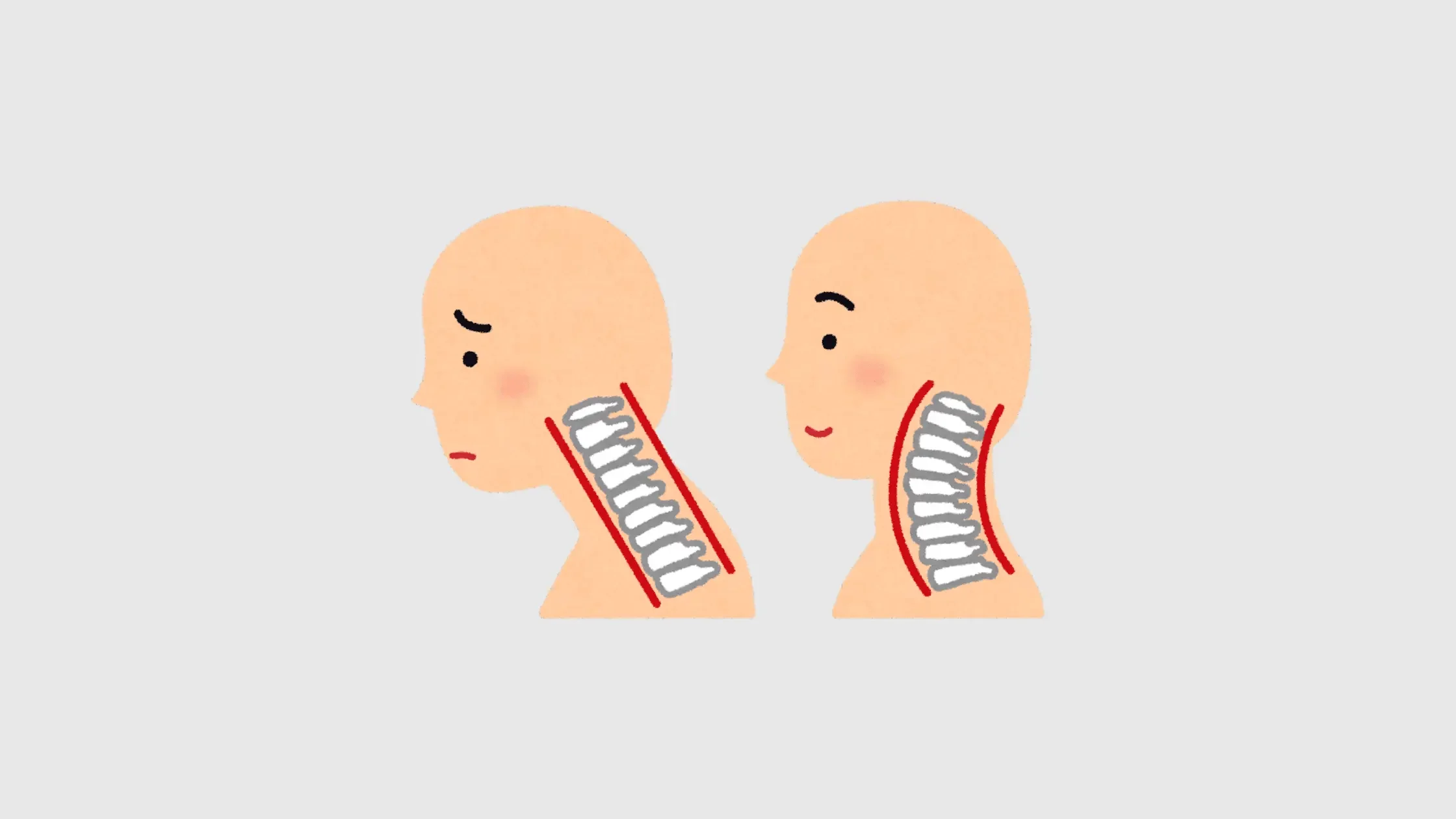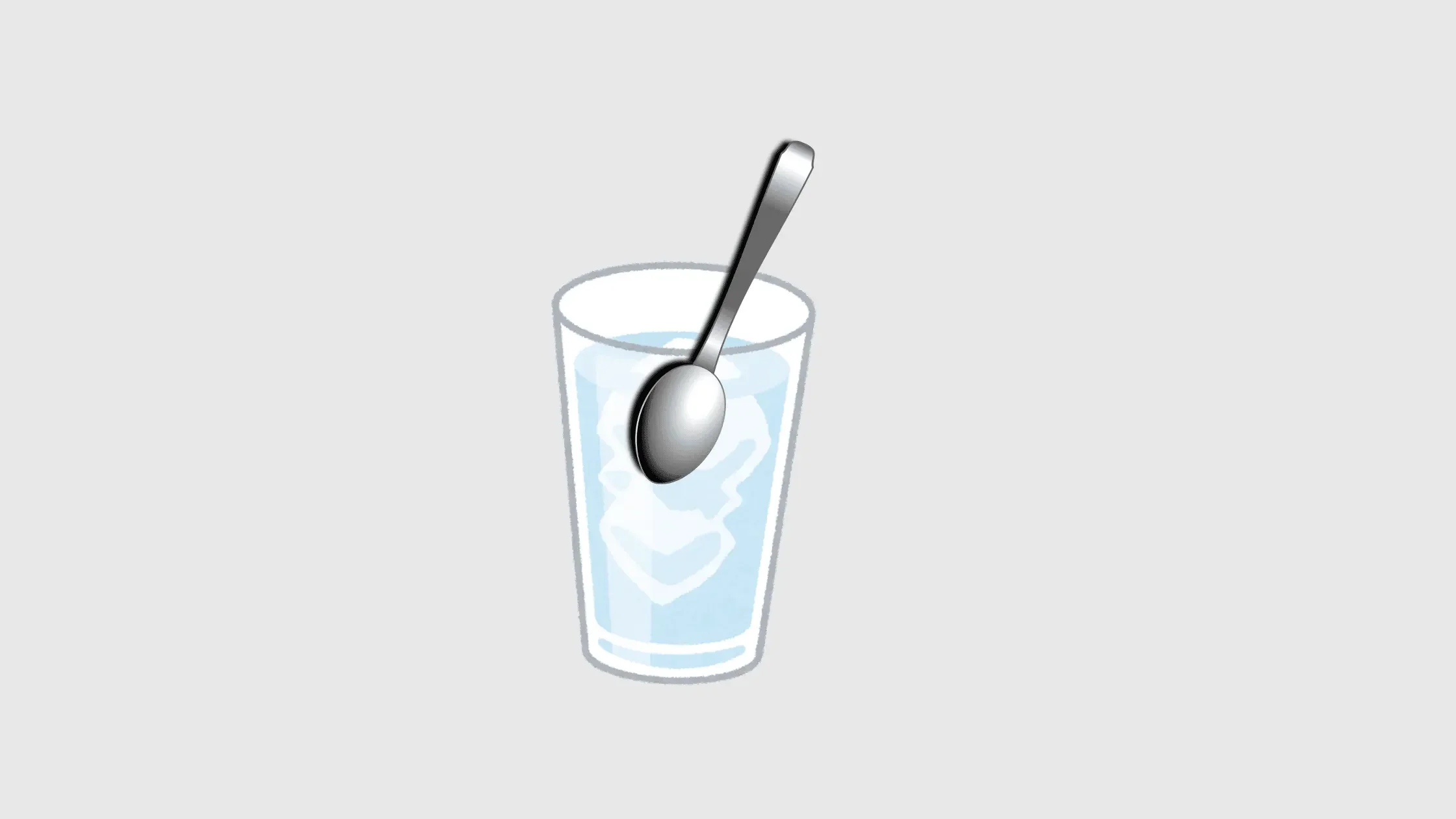Trouble Starting a Swallow in Palm Beach County? In-Home Thermal-Tactile Stimulation (TTS) Can Help
Have you ever watched someone you love hesitate before taking a sip of water? Or noticed them clearing their throat repeatedly during meals? Perhaps they've started avoiding certain foods, or mealtimes have become a source of anxiety rather than enjoyment?
If this sounds familiar, you're not alone; and more importantly, there's help that can come to your home in Palm Beach County.
When the natural act of swallowing becomes difficult or delayed, it's not just uncomfortable. It can be genuinely dangerous, increasing the risk of aspiration, choking, pneumonia, and malnutrition.
But here's the encouraging news: speech-language pathologists like Nina use proven, research-backed techniques that can dramatically improve swallowing safety and restore confidence at mealtimes.
One of the most effective tools in this therapeutic arsenal is called thermal-tactile stimulation, and it’s a gentle, non-invasive approach that "wakes up" the nerves responsible for triggering your swallow reflex.
Contact Nina: Free Phone Consultation
Understanding What Goes Wrong: The Hidden Complexity of Swallowing
Most of us never think twice about swallowing. We eat, we drink, and our bodies just... handle it. But beneath this seemingly automatic action lies an intricate symphony of muscle movements and neurological signals working in perfect coordination.
Here's what happens during a normal swallow:
The Oral Stage: You chew and prepare food, mixing it with saliva and forming it into a manageable bolus (ball of food).
Sensory Recognition: Your brain receives detailed information about the food's texture, temperature, size, and position.
The Trigger: Your brain processes this sensory data and sends a rapid-fire command to initiate the pharyngeal swallow reflex.
The Swallow Itself: In less than a second, over 50 pairs of muscles coordinate to close off your airway, open your esophagus, and propel food safely to your stomach.
When this sequence is disrupted, particularly at that crucial trigger point, food or liquid can linger dangerously in the mouth or throat. This delay might seem like a minor inconvenience, but the consequences can be serious.
Warning Signs You Shouldn't Ignore
Do any of these scenarios sound familiar?
Frequent coughing or choking during or immediately after eating or drinking
Throat clearing that happens repeatedly during meals
A "wet" or gurgly voice after swallowing, suggesting liquid or food residue in the throat
Food pocketing in the cheeks or difficulty moving food around the mouth
Multiple swallows needed for a single bite or sip
Drooling or food leaking from the mouth unexpectedly
Avoidance behaviors: refusing certain textures, eating smaller amounts, or showing anxiety around mealtimes
Weight loss or signs of dehydration
Recurrent pneumonia or respiratory infections
These signs often indicate a delayed or absent swallow reflex, which is a condition that requires professional evaluation and treatment. The good news? With the right therapy approach, significant improvement is possible.
What's Really Happening: The Neurological Disconnect
Difficulty initiating a swallow typically stems from neurological conditions that interrupt the critical sensory feedback loop between your mouth and brain. Think of it like a communication breakdown: the sensors are there, but the message isn't getting through clearly or quickly enough.
Common causes include:
Stroke: One of the most frequent causes of swallowing difficulties, affecting up to 50% of stroke survivors in the acute phase
Parkinson's Disease: Progressive changes in movement and sensation can significantly impact all stages of swallowing
Dementia and Alzheimer's Disease: Cognitive changes can affect the recognition and initiation of swallowing
ALS (Amyotrophic Lateral Sclerosis): Progressive muscle weakness and neurological changes impact swallowing coordination
Traumatic Brain Injury: Damage to areas controlling swallowing reflexes can cause lasting difficulties
Multiple Sclerosis: Nerve damage can slow or impair swallowing signals
Age-Related Sensory Decline: Even without specific disease, normal aging can reduce oral sensitivity and slow reflexes
Head and Neck Cancer Treatment: Radiation and surgery can affect the structures and nerves involved in swallowing
In all these conditions, the brain takes longer, sometimes dangerously longer, to recognize that it's time to trigger the protective swallow reflex. This is where thermal-tactile stimulation becomes a game-changer.
The Science Behind Thermal-Tactile Stimulation: How Cold Touch Retrains Your Brain
Thermal-tactile stimulation might sound technical, but the concept is beautifully simple: it uses cold temperature and gentle touch to amplify the sensory signal that tells your brain, "It's time to swallow now."
Here's the step-by-step process:
Preparation: A small, specialized tool (typically a chilled metal laryngeal mirror or flexible swab) is placed in ice water for several seconds to reach the optimal cold temperature.
Precise Application: The chilled tool is gently touched to specific target areas inside your mouth, the anterior faucial pillars, which are the soft tissue arches located just behind your back molars on either side.
Sensory Activation: The combination of cold temperature and light pressure creates a strong sensory signal that travels rapidly to the brain's swallowing center.
Prompt to Swallow: Immediately after stimulation, you're cued to initiate a swallow. This helps create a strong association between the enhanced sensation and the swallow response.
Repetition Builds Strength: Through repeated trials over multiple therapy sessions, your brain begins forming new neural pathways, responding faster and more reliably to normal swallowing cues.
This process is an evidence-based therapy grounded in the principle of neuroplasticity, the brain's remarkable ability to reorganize itself and form new connections throughout life.
By consistently providing enhanced sensory input at the exact location that triggers swallowing, thermal stimulation essentially retrains your nervous system.
The Real-World Benefits: What Patients Experience
The improvements from thermal-tactile stimulation, when administered by a skilled clinician like Nina, can be life-changing:
Faster Swallow Timing: The delay between food entering your mouth and the swallow reflex firing becomes shorter and more consistent.
Enhanced Sensory Awareness: You become more aware of food and liquid in your mouth, giving you better control over the swallowing process.
Dramatically Reduced Aspiration Risk: With a quicker, more reliable swallow reflex, food and liquid are far less likely to enter your airway.
Increased Mealtime Safety: Eating and drinking become safer activities, reducing anxiety for both patients and their families.
Greater Independence: Many patients regain the ability to eat a wider variety of foods and textures, improving both nutrition and quality of life.
Improved Confidence: Perhaps most importantly, the fear and anxiety around eating diminishes as swallowing becomes more predictable and controlled.
For many patients, thermal stimulation provides the breakthrough they need after months of struggling with modified diets, thickened liquids, or the constant worry of choking.
Who Benefits Most from This Approach?
Thermal-tactile stimulation is particularly effective for:
Stroke survivors experiencing delayed or completely absent swallow reflexes, especially in the early recovery phase
Patients with reduced oral-pharyngeal sensation who can't feel food or liquid in their mouth and throat
Individuals with silent aspiration, which is an especially dangerous situation where food enters the airway without triggering a cough
People whose swallowing worsens when they're distracted, tired, or eating in challenging environments
Those who have plateaued with traditional swallowing exercises and need additional sensory input to progress
Patients transitioning from tube feeding back to oral eating who need help rebuilding their swallow reflex
It's important to note that thermal-tactile stimulation is non-invasive, generally well-tolerated, and can be safely used alongside other therapeutic approaches. There are no medications involved, no surgical interventions, just skilled and targeted stimulation that works with your body's natural healing abilities.
Beyond Stimulation: Nina's Comprehensive Approach to Swallowing Safety
While thermal-tactile stimulation is a powerful tool, Nina knows that effective dysphagia therapy requires a comprehensive, individualized approach.
When you work with Nina, thermal stimulation becomes one component of a carefully designed treatment plan that might include changes to environment, behavior, and mindfulness techniques such as:
Targeted Swallowing Exercises: Specific movements and maneuvers to strengthen the muscles involved in swallowing, such as the Mendelsohn maneuver, effortful swallow, or Shaker exercise.
Postural Strategies: Simple but effective positioning adjustments like chin tuck, head rotation, or side-lying that can immediately improve swallowing safety by changing the pathway food travels.
Texture and Consistency Modifications: Professional guidance on which food textures and liquid thicknesses are safest for your current swallowing ability, with a roadmap for gradually advancing to more normal textures.
Breath-Swallow Coordination Training: Learning to coordinate your breathing with swallowing to better protect your airway, especially important for patients with respiratory conditions.
Sensory Enhancement Techniques: Beyond thermal stimulation, other approaches to increase oral awareness, such as introducing stronger flavors or varied temperatures.
Compensatory Strategies: Practical techniques you can use during meals to maximize safety, such as alternating solids and liquids or taking smaller bites.
Caregiver Education: Ensuring that family members and caregivers understand your specific needs, recognize warning signs, and know how to respond to emergencies.
Environmental Modifications: Recommendations for optimizing your eating environment: proper positioning, minimizing distractions, and appropriate pacing.
Progress typically unfolds over weeks and months as your swallow reflex becomes stronger, more responsive, and more consistent. Nina carefully monitors your advancement, adjusting techniques and gradually reducing supports as your abilities improve.
Taking the First Step: What to Expect When You Contact Nina
If you're reading this and recognizing your own struggles, or those of someone you love, the most important thing to understand is this: You don't have to accept swallowing difficulties as an inevitable part of aging or illness.
When you reach out to Nina for a consultation, here's what happens:
Comprehensive Evaluation: Nina conducts a thorough assessment of your swallowing function, including your medical history, current symptoms, and observed eating patterns. This may include clinical swallow evaluation and, if needed, coordination with instrumental assessments like modified barium swallow studies.
Personalized Treatment Plan: Based on your specific needs, Nina develops a customized therapy program targeting your unique challenges and goals.
Collaborative Care: Nina works closely with your physicians, dietitians, and other healthcare providers to ensure coordinated, comprehensive care.
Ongoing Support: Throughout your therapy journey, Nina provides education, encouragement, and adjustments to keep you progressing safely.
Empowerment: You'll learn not just to improve your swallow, but to understand your condition and make informed decisions about your eating and drinking.
The Cost of Waiting: Why Early Intervention Matters
Swallowing difficulties rarely improve on their own. In fact, without intervention, they typically worsen over time, leading to:
Aspiration pneumonia: A serious lung infection caused by inhaling food or liquid, which can be life-threatening, especially for older adults
Malnutrition and dehydration: Leading to weakness, confusion, poor wound healing, and increased vulnerability to illness
Social isolation: Many people withdraw from social activities centered around meals, leading to depression and reduced quality of life
Increased healthcare costs: Emergency room visits, hospitalizations, and complications from untreated dysphagia far exceed the cost of proactive therapy
Loss of independence: Severe swallowing problems can lead to feeding tube placement or transfer to higher levels of care
The good news? Early intervention can prevent many of these outcomes. The sooner you address swallowing difficulties with a skilled speech-language pathologist like Nina, the better your chances of significant improvement.
Your Invitation to Safer, More Confident Eating
Swallowing should feel natural, automatic, and safe. When it doesn't, it affects not just nutrition, but dignity, independence, and quality of life. But here's what you need to know: difficulty swallowing is treatable.
Through evidence-based techniques like thermal-tactile stimulation, combined with comprehensive swallowing therapy, Nina has helped countless patients reclaim the simple joy and safety of eating and drinking.
She brings expertise, compassion, and a commitment to helping each patient achieve their maximum potential.
You don't have to navigate this journey alone. You don't have to accept aspiration, anxiety, or a severely restricted diet as your new normal.
Take Action Today in Your Palm Beach County Home
If you or someone you love is experiencing:
Coughing or choking during meals
Difficulty initiating a swallow
A wet or gurgly voice after eating or drinking
Recurrent pneumonia or respiratory infections
Weight loss or fear around mealtimes
Any concerns about swallowing safety
Don't wait. Contact Nina today for a thorough evaluation and customized therapy plan.
Phone: (561) 797-2343
Email: ninaminervini11@gmail.com
Early intervention can make the difference between struggling with every meal and eating with confidence and safety. Your path to improved swallowing, and improved quality of life, starts with a single phone call.
Nina is ready to help you or your loved one achieve safer, more comfortable swallowing. Reach out now to schedule your consultation and take the first step toward mealtime confidence.
Frequently Asked Questions About Thermal-Tactile Stimulation and Swallowing Therapy
What is thermal-tactile stimulation?
Thermal-tactile stimulation (TTS) is a therapeutic method used by speech-language pathologists to improve the timing of the swallow reflex. It uses a cold stimulus and gentle touch to “wake up” the nerves in the mouth and help the brain trigger a swallow more quickly and safely.
Does cold stimulation really help swallowing?
Yes. Research shows that cold temperature applied to the anterior faucial pillars increases sensory input to the brain, improving swallow timing, reducing delay, and lowering aspiration risk—especially in people recovering from stroke, Parkinson’s, or neurological illness.
Who can benefit from thermal-tactile stimulation?
TTS is most helpful for adults with delayed or absent swallow reflexes, reduced oral sensation, silent aspiration, neurological conditions, or difficulty initiating a swallow, as well as those transitioning off tube feeding.
Is thermal-tactile stimulation safe for older adults?
Yes. TTS is gentle, non-invasive, and well-tolerated by seniors. It does not involve medication, surgery, or discomfort when administered by a trained speech-language pathologist.
How quickly does thermal-tactile stimulation work?
Some adults experience immediate improvements in swallow timing during a session. Most see gradual changes over several weeks as the brain forms stronger neural pathways through repeated stimulation and swallowing practice.
Can this technique be done at home?
TTS should only be performed by, or under the direct guidance of, a licensed speech-language pathologist. Nina provides this therapy safely in patients’ homes throughout Palm Beach County.
What conditions commonly cause delayed swallowing?
Causes may include stroke, Parkinson’s disease, dementia, ALS, multiple sclerosis, traumatic brain injury, head and neck cancer treatment, or age-related sensory decline.
How do I know if someone needs swallow therapy?
Warning signs include coughing while eating, throat clearing, a wet/gurgly voice, difficulty starting a swallow, food pocketing, multiple swallows per bite, weight loss, dehydration, or recurrent pneumonia.
What happens during a swallowing evaluation?
Nina completes a full clinical assessment, reviews medical history, observes eating and drinking, and coordinates with physicians or instrumental studies when needed, such as a modified barium swallow study.
Do swallowing problems get worse over time without treatment?
Often, yes. Without early intervention, dysphagia can lead to aspiration pneumonia, malnutrition, dehydration, social isolation, emergency hospital visits, and loss of independence.
Does Nina offer in-home swallowing therapy in Palm Beach County?
Yes. Nina provides in-home dysphagia therapy—including thermal-tactile stimulation, swallow exercises, compensatory strategies, posture coaching, and sensory training—to adults throughout coastal Palm Beach County.


